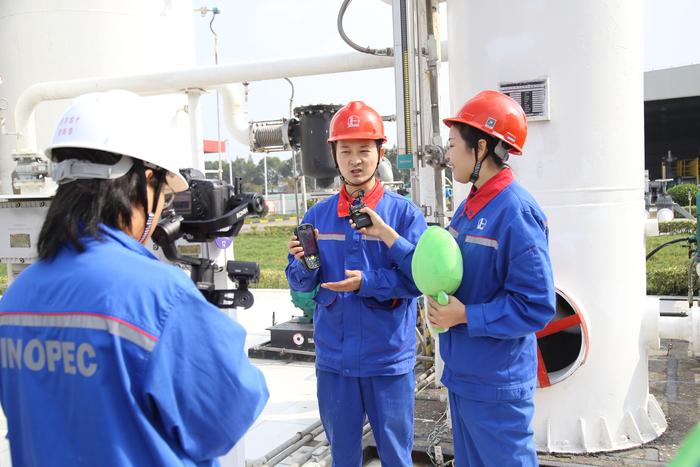|
| 2020-11-10 来源: 中国石化新闻网 |
| 石化新闻 |
中国石化新闻网讯 据油价网伦敦报道,挪威著名能源研究和商业情报公司雷斯塔能源公司(Rystad Energy)11月2日在奥斯陆表示,全球石油需求将在2028年达到每天1.02亿桶的峰值,并指出低碳能源的推动和冠状病毒疫情的大流行将使石油需求峰值从此前预期的2030年加快到2028年。 在新冠肺炎疫情大流行颠覆了对全球短期和长期石油需求的预测之前,Rystad曾预计2030年全球最大石油需求将达到每天1.06亿桶。 Rystad表示,全球石油需求要到2023年才能恢复到新冠肺炎疫情大流行前的水平。2023年,全球石油需求预计将达到每天1.010亿桶,超过2019年的9960万桶。 Rystad表示,今年全球石油需求将下滑至每天8930万桶。由于地区封锁和航空业复苏乏力,明年全球石油需求的复苏步伐仍将较为缓慢。 Rystad高级石油市场分析师Artyom Tchen在一份声明中说,“总的说来,我们不认为新冠肺炎疫情大流行已经把石油需求峰值推到了我们后面,但我们承认,无论是在时间上还是在数量上,新冠肺炎疫情将极大地改变石油需求峰值的计算时刻。” Rystad称,由于预计电动汽车将占很大市场份额,全球石油需求到2050年将大幅下降至每天6200万桶。 业内分析师和石油巨头最近表示,新冠肺炎疫情和消费者行为可能持续的转变可能已经带来了石油需求峰值。 英国石油公司在9月份的年度展望报告中曾说,“从全球来看,由于燃料消耗量可能永远无法从疫情造成的下降中恢复过来,去年我们可能已经度过了石油需求峰值。” 欧佩克在其最新估计中要保守得多,不过该组织上月也下调了对全球石油需求的预测,并表示,即使在全球石油需求见顶后,它也不会在需求过后暴跌。欧佩克预计,到2022年,全球石油需求将超过大流行前的水平,并将稳步增长,直到本世纪30年代末,需求将开始趋于平稳。 沙特阿拉伯及其石油巨头沙特阿美继续认为,尽管分析师甚至欧佩克都预计,全球石油需求将在本世纪30年代末的某个时候开始趋于平稳并出现下降,全球石油需求峰值仍遥遥无期。 李峻 编译自 油价网 原文如下: Rystad Energy: COVID To Accelerate Peak Oil Demand To 2028 Global oil demand will peak at 102 million barrels per day (bpd) in 2028, Rystad Energy said on Monday, noting that the push to low-carbon energy and the coronavirus pandemic will speed up the peak oil demand timeline to 2028 from 2030 previously expected. Before the pandemic upended forecasts for oil demand for both the short and long term, Rystad Energy had expected the maximum world oil demand to hit 106 million bpd in 2030. According to the energy research and business intelligence company, it will not be until 2023 that global oil demand recovers to the pre-pandemic levels. In 2023, oil demand is seen at 100.1 million bpd, surpassing the 99.6 million bpd demand in 2019. This year, global oil demand will slump to 89.3 million bpd. The recovery will be slow next year amid regional lockdowns and a sluggish recovery in the aviation industry, Rystad Energy said. “Overall, we do not believe Covid-19 has put peak oil demand behind us, but we do acknowledge the pandemic will greatly alter the peak oil demand reckoning moment, both in terms of timing and volumes,” Artyom Tchen, Senior Oil Markets Analyst at Rystad Energy, said in a statement. In 2050, oil demand is expected to significantly decline to 62 million bpd due to the expected high market share of electric vehicles (EVs), Rystad said. Analysts and oil majors have recently said that the pandemic and the possible lasting shift of consumer behavior may have already brought peak oil demand. Globally, we may have passed peak oil demand last year, as fuel consumption may never recover from the pandemic-inflicted decline, BP said in its annual outlook in September. OPEC, for its part, is way more conservative in its latest estimates, although it also revised down its projections last month and said that even after oil demand peaks, it would not fall off a cliff afterward. OPEC expects global oil demand will exceed the pre-pandemic levels in 2022 and grow steadily until the late 2030s when it will begin to plateau. Saudi Arabia and its oil giant Aramco continue to say that peak oil demand is still nowhere in sight and that the world will need oil and gas for the foreseeable future, regardless of estimates by analysts and even OPEC that global oil demand will start to plateau and decline at some point in the late 2030s. |








